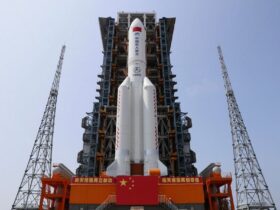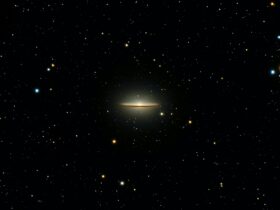For decades, the astronomical community has been abuzz with speculation about a potential ninth planet—dubbed “Planet Nine“—lurking in the distant reaches of our solar system. This hypothetical “super-Earth” is theorized to possess a mass approximately five to seven times that of our planet and to complete an orbit around the Sun every 10,000 to 20,000 years. Its existence has been proposed to account for the peculiar clustering observed among certain distant Kuiper Belt objects, a region populated by icy bodies beyond Neptune.
Despite extensive research and numerous observational campaigns, Planet Nine has remained elusive, with no direct evidence confirming its presence. The scientific community remains divided: some researchers are convinced of its existence based on indirect gravitational effects, while others remain skeptical due to the lack of concrete observational data.
The forthcoming Vera C. Rubin Observatory, set to commence operations in Chile in late 2025, is poised to play a pivotal role in this cosmic quest. Equipped with an 8.4-meter telescope and the world’s largest digital camera, capable of capturing 3.2-gigapixel images, the observatory will survey the entire visible sky every few nights. This unprecedented capability offers the most promising opportunity yet to detect Planet Nine or definitively rule out its existence.
The discovery of Planet Nine would be a monumental milestone in astronomy, potentially reshaping our understanding of the solar system’s architecture and the processes underlying planetary formation. Conversely, if the observatory’s comprehensive surveys fail to detect any evidence of the planet, it would prompt a reevaluation of current theories explaining the unusual orbits of distant Kuiper Belt objects.
As the astronomical community eagerly anticipates the Vera C. Rubin Observatory’s first light, the prospect of resolving one of the solar system’s most enduring mysteries draws nearer. Whether Planet Nine is a hidden giant awaiting discovery or a phantom born of observational biases, the forthcoming observations promise to bring us closer to the truth.











Leave a Reply